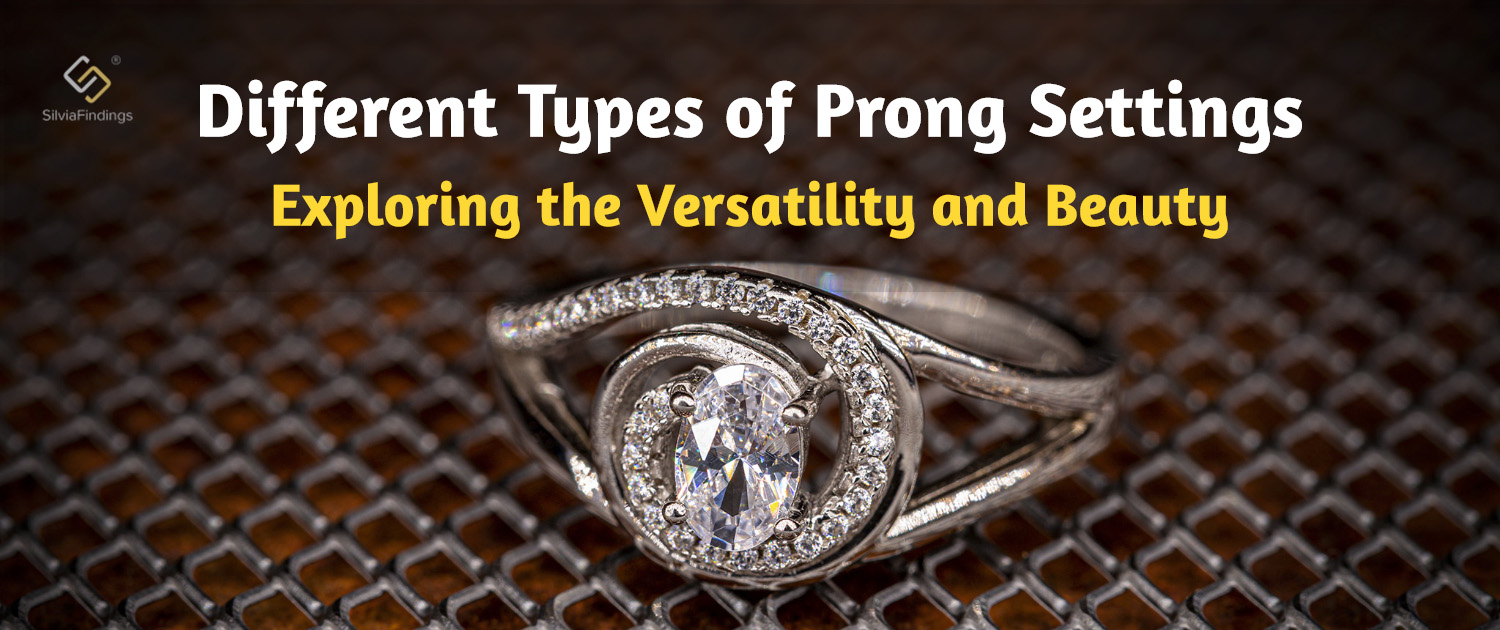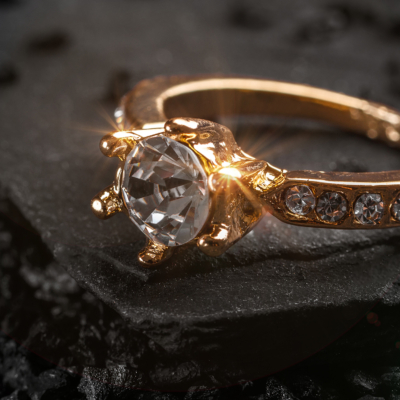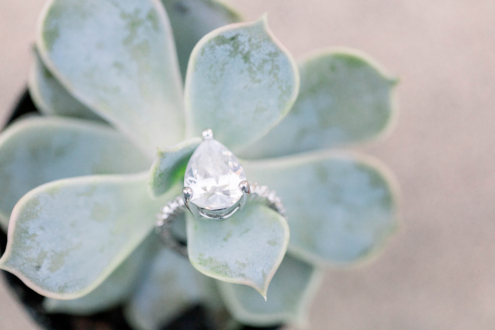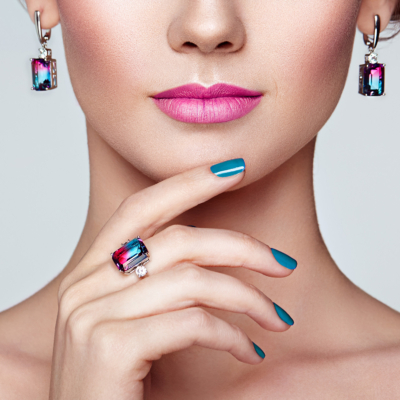Different Types of Prong Settings – Exploring the Versatility and Beauty
When it comes to selecting a ring setting, the choice of the prong setting is a significant consideration. But what exactly is a prong setting? A prong setting is a method of securing a diamond or gemstone in place with thin metal prongs that bend inwards towards the stone. It was Charles Lewis Tiffany who introduced the iconic six-prong setting in 1886 as a way to showcase high-quality gems in an elegant yet straightforward design. Today, prong settings are the most popular type of mounting for engagement rings due to their versatility and excellent security for center stones.
Prong Setting Considerations
When it comes to selecting the perfect prong setting for your engagement ring, there are several factors to consider. These include the type, size, and shape of the stone, the metal type, personal style, and practical considerations.
Type of stone
Different types of stones require different prong settings. For example, softer stones like opals and pearls require a protective prong setting that won’t scratch or damage the stone’s surface. Harder stones like diamonds and sapphires can be set with various prong styles.
Size of stone
The size of the stone also plays a role in the type of prong setting used. Larger stones may require more prongs or a sturdier setting to secure the stone.
Shape of stone
The shape of the stone can also impact the choice of prong setting. Certain shapes like marquise, pear and heart-shaped stones require a V-tip prong setting to protect their pointed edges.
Metal type
The metal type of the setting can enhance or detract from the overall look of the ring. Consider the color and durability of the metal when selecting a prong setting.
Personal style
Personal style should also be taken into account when selecting a prong setting. A modern and sleek tab prong may be perfect for some, while others may prefer the drama and height of a high prong setting.
Practical considerations
Lastly, practical considerations should be taken into account. If the ring is worn daily, a secure and discreet prong setting like the round prong may be the best choice. If the wearer has an active lifestyle, a prong setting that is less likely to snag on things like the tab prong may be more suitable.
What to Look for in a Prong Setting
When it comes to selecting a prong setting for your precious stone, there are several key factors to keep in mind. Ensuring the security of your stone is paramount, as you want it to stay firmly in place. But don’t forget to consider the comfort of the setting as well, as it should feel comfortable and secure on your finger. And, of course, the aesthetics of the setting play a significant role in how your stone will appear to others. Look for a prong setting that balances both functionality and beauty to ensure your stone is both safe and stunning.
The Benefits of a Prong Setting
When it comes to choosing the right setting for your precious stone, prong settings have many benefits to offer. One of the main advantages of a prong setting is that it allows maximum light to enter the stone. This means the stone will sparkle and shine brilliantly, enhancing its beauty and fire.
In addition to this, prong settings are very versatile and can be used with many different types of jewelry, from engagement rings to necklaces and earrings. This makes them an excellent choice if you want to create a piece of jewelry that is truly unique and personalized to your taste.
Of course, like any type of setting, prong settings do have their pros and cons to consider. Here is a list of some of the main ones.
Pros
- Maximum light enters the stone, enhancing its brilliance and fire
- Versatile and can be used with many different types of jewelry
- Allows for easy cleaning and maintenance
Cons
- Can be less secure than other types of settings, especially if the prongs are not well-maintained or become damaged
- Can catch on clothing or other objects, which can cause the prongs to become loose or the stone to fall out
- May not be as comfortable to wear as other types of settings, especially if the prongs are large or protruding
How to Care for Your Prong Setting
When it comes to keeping your prong setting looking its best, proper care and maintenance are key.
Here are some tips to help you keep your prong setting in top shape.
Cleaning Tips
- Regularly clean your prong setting with a soft-bristled brush and mild soap and water to remove dirt and debris that can accumulate over time.
- Avoid using harsh chemicals or ultrasonic cleaners, which can damage the prongs or the stone.
Maintenance Tips
- Inspect your prongs regularly to ensure they are still securely holding the stone in place.
- Take your jewelry to a professional jeweler at least once a year to have the prongs checked and tightened if necessary.
- Avoid wearing your prong-set jewelry during activities that could cause damage, such as sports or heavy manual labor.
When to Have the Prongs Checked or Repaired
- If you notice any signs of wear or damage to the prongs, such as bending or breaking, have them checked or repaired immediately to prevent the stone from becoming loose or falling out.
- If the prongs have become worn or thin over time, it may be time to have them replaced to ensure the security of the stone.
Conclusion
Choosing the right prong setting is essential to ensure the security, comfort, and aesthetics of your jewelry. With the wide variety of prong settings available, it can be overwhelming to make the right choice. Considerations such as the type, size, and shape of the stone, personal style, and practical considerations are essential when making your decision. A prong setting allows maximum light to enter the stone, enhancing its brilliance and fire, making it a versatile choice for many types of jewelry. While there are advantages and disadvantages to prong settings, with proper care, they can last a lifetime. Remember to clean and maintain your prong setting and have the prongs checked or repaired when necessary. Ultimately, a well-chosen prong setting can complement the beauty of your jewelry and provide a lasting piece to cherish for years to come.









Leave a Reply
Want to join the discussion?Feel free to contribute!